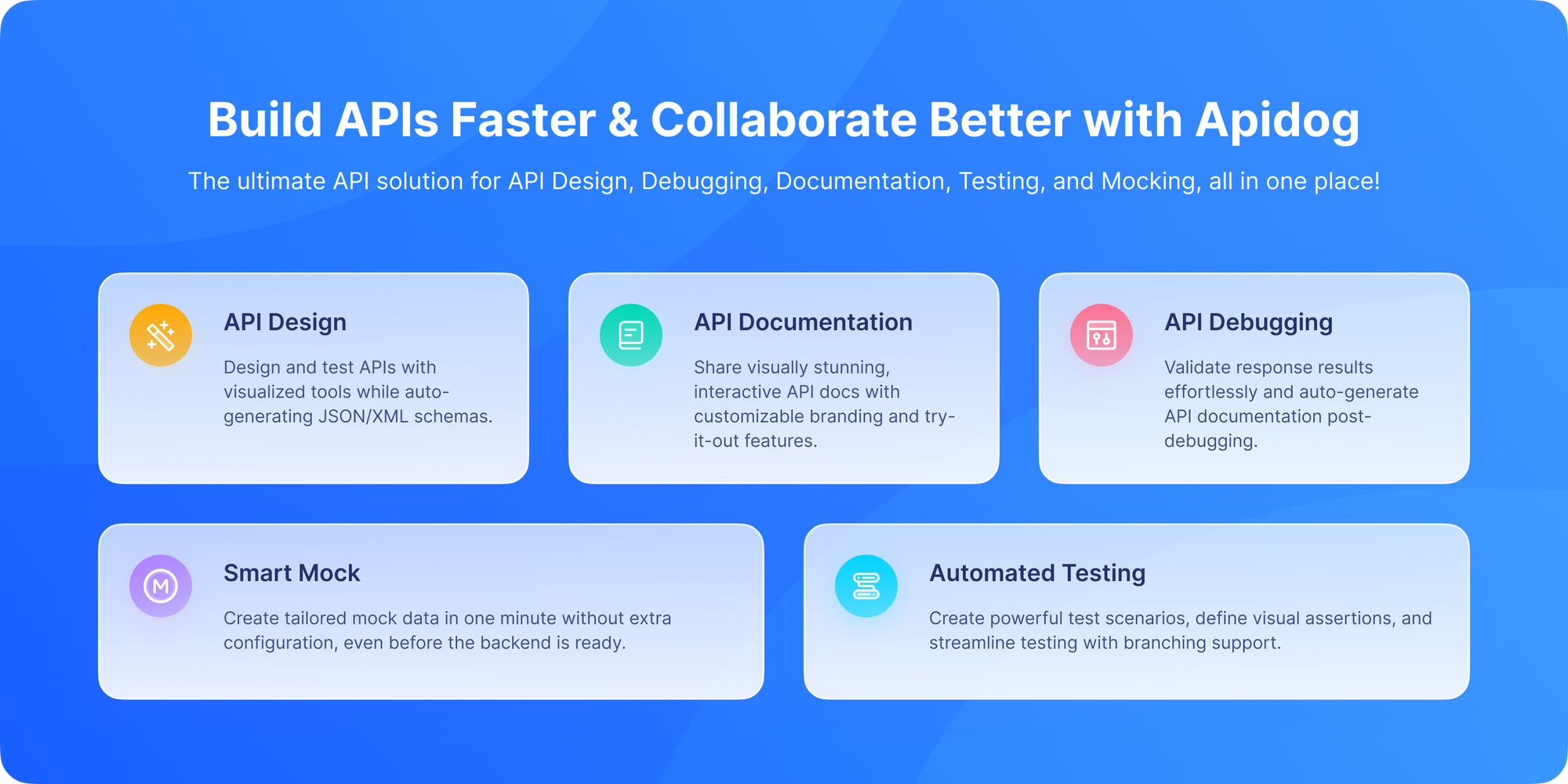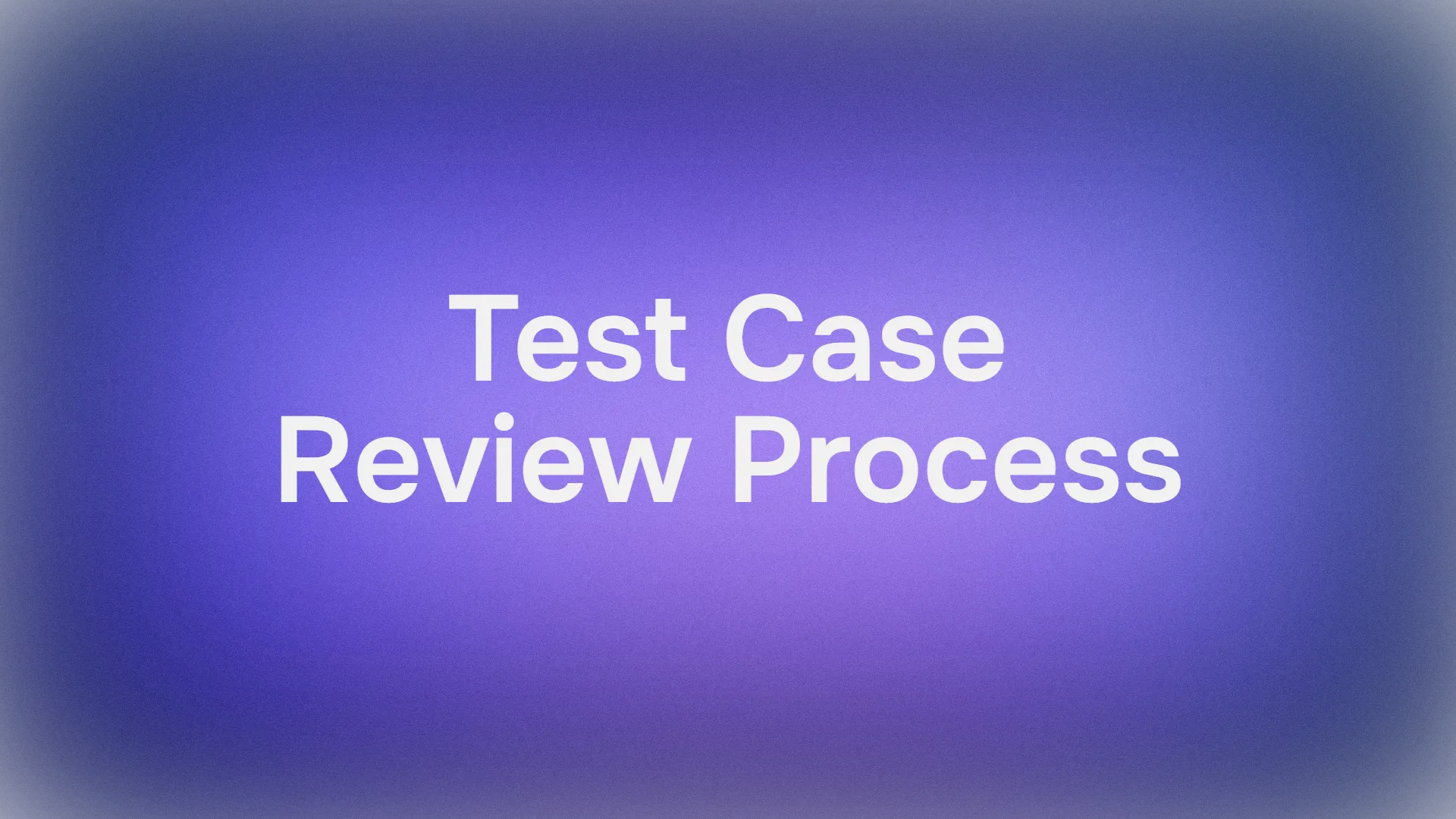You're working on a new application that integrates with a popular weather API. Your code seems to be working perfectly until you start testing it more vigorously. Suddenly, instead of getting weather data, you receive a polite but firm message: 429 Too Many Requests. Your application has hit a speed limit, and the API is telling you to slow down.
The 429 status code is the internet's way of managing traffic jams. It's not an error that says "you did something wrong," but rather "you're doing too much, too fast." In an era where APIs power everything from mobile apps to smart devices, understanding and properly handling 429 responses is crucial for building robust, respectful applications.
Think of it like a busy coffee shop during the morning rush. The baristas can only make drinks so fast. If one customer tries to order 100 lattes at once, the staff might politely ask them to wait or place smaller orders. The 429 code is the digital equivalent of that request.
But don't worry, this isn't just a scary error message. It's a built-in safety feature to keep servers from being overloaded. In this post, we'll explore what status code 429 really means, why it appears, and how you can fix it like a pro.
If you're a developer working with third-party APIs or building your own API that needs protection, understanding the 429 status code is essential.
Now, let's explore the world of rate limiting and the HTTP 429 status code.
The Problem: API Overload and Resource Protection
To understand why 429 exists, we need to understand the challenges faced by API providers. Every API has limited resources: server capacity, database connections, computational power, and sometimes monetary costs per request (like with AI APIs that charge per token).
Without limits, a few aggressive users could:
- Overwhelm the servers, causing downtime for everyone
- Incur massive costs for the API provider
- Accidentally create infinite loops that hammer the API
- Intentionally perform denial-of-service attacks
Rate limiting solves these problems by enforcing fair usage policies. The 429 status code is the standard way to communicate that a limit has been reached.
What Does HTTP 429 Too Many Requests Actually Mean?
The 429 Too Many Requests status code indicates that the user has sent too many requests in a given amount of time ("rate limiting"). The response should include details explaining the condition, and may include a Retry-After header indicating how long to wait before making a new request.
A well-formed 429 response typically looks like this:
HTTP/1.1 429 Too Many RequestsContent-Type: application/jsonRetry-After: 60X-RateLimit-Limit: 100X-RateLimit-Remaining: 0X-RateLimit-Reset: 1640995200
{
"error": "Too Many Requests",
"message": "API rate limit exceeded. Please try again in 60 seconds.",
"retry_after": 60
}
Let's break down the key components:
Retry-After: 60: This header tells the client exactly how many seconds to wait before retrying. This is incredibly helpful for building polite clients.X-RateLimit-Limit: 100: Indicates the total number of requests allowed in the current period.X-RateLimit-Remaining: 0: Shows how many requests are left (zero in this case).X-RateLimit-Reset: 1640995200: A timestamp showing when the limit will reset.
This response is a part of the HTTP/1.1 specification (RFC 6585) and helps servers prevent abuse or overload by throttling incoming requests.
In simpler terms:
Status code 429 = “You’ve hit your limit for now. Try again later.”
The official definition
According to the IETF:
“The 429 (Too Many Requests) status code indicates the user has sent too many requests in a given amount of time (‘rate limiting’).”
Servers often include a Retry-After header in the response, telling the client how long to wait before sending more requests.
Why Does the 429 Too Many Requests Error Happen?
So, what actually triggers this? Several factors can cause a 429 Too Many Requests error:
1. API Rate Limiting
Most modern APIs enforce rate limits to prevent abuse or overuse. For example:
- A free-tier user can send 100 requests per minute.
- A paid-tier user can send 10,000 per minute.
If your app exceeds those limits, the server throws a 429 error.
Example:
If you’re testing your API in Apidog and spam requests to a single endpoint, you might quickly hit your API’s rate limit.
2. Bots or Automated Scripts
Automated crawlers or bots can flood a server with requests, intentionally or unintentionally triggering the error.
3. Misconfigured Retry Logic
Sometimes, developers forget to add exponential backoff or delay logic in loops, causing a flood of requests that quickly overwhelm the server.
4. Shared IP or Proxy Limits
If multiple users share the same IP (common in corporate environments or proxy servers), they might collectively hit the rate limit, resulting in 429 responses for everyone.
Common Rate Limiting Strategies
APIs use different strategies to enforce rate limits. Understanding these helps you work with them effectively.
1. Fixed Window Limits
This is the simplest approach. "You can make 1000 requests per hour." The counter resets at the top of each hour. The problem? Users can make 1000 requests in the first minute of the hour, then another 1000 in the first minute of the next hour, creating bursts of traffic.
2. Sliding Window Limits
A more sophisticated approach that looks at requests over a rolling time period. Instead of resetting at fixed intervals, it continuously evaluates the last hour (or whatever the period is) of requests.
3. Token Bucket Algorithm
This approach gives users a "bucket" of tokens. Each request costs one token, and tokens are added back to the bucket at a steady rate. This allows for some bursting while maintaining an overall average rate.
4. Leaky Bucket Algorithm
Similar to token bucket, but requests are processed at a constant rate, and if the "bucket" fills up, new requests are rejected with a 429.
Why You Should Actually Appreciate 429 Errors
While frustrating in the moment, 429 responses serve important purposes:
For API Consumers:
- They prevent you from accidentally running up huge bills (if the API charges per request)
- They signal that you should optimize your application to use fewer requests
- They're much better than having the API completely crash or timeout
For API Providers:
- They protect your infrastructure from abuse and overload
- They ensure fair usage among all customers
- They provide a clear, standards-based way to communicate limits
Real-World Example: The 429 in Action
Imagine you’re using a weather API that allows 60 requests per minute.
You write a script that fetches weather data for 70 cities, all in one minute.
The first 60 requests succeed.
The remaining 10?
Boom you get a 429 Too Many Requests.
Here’s what your response might look like:
{
"status": 429,
"error": "Too Many Requests",
"message": "Rate limit exceeded. Try again in 60 seconds."
}
The good news? This isn’t a server crash it’s just the API politely asking you to wait a bit.
Testing API Rate Limits with Apidog

Testing how your application handles rate limits is crucial. You don't want to discover these issues in production. Apidog is perfect for this kind of testing.
With Apidog, you can:
- Create Load Tests: Set up Apidog to send multiple requests in quick succession to trigger rate limits and observe the
429responses. - Inspect Rate Limit Headers: Easily view the
Retry-After,X-RateLimit-Limit, and other headers to understand the API's limits. - Test Retry Logic: Verify that your application correctly waits for the specified
Retry-Afterperiod before retrying. - Simulate Different Scenarios: Test how your app behaves when different endpoints have different rate limits.
- Monitor Performance: Use Apidog's test report to see how rate limiting affects your application's performance and user experience.
This proactive testing ensures your application will handle real-world rate limiting gracefully.
Best Practices for Handling 429 Responses
For API Consumers (Client Applications):
- Always Check for 429: Don't treat all non-200 responses the same way. Specifically handle
429status codes. - Respect Retry-After Headers: If the server provides a
Retry-Afterheader, wait at least that long before retrying.
// Example of handling 429 properly
async function makeRequestWithRetry() {
try {
const response = await fetch('/api/data');
if (response.status === 429) {
const retryAfter = response.headers.get('Retry-After') || 60;
console.log(`Rate limited. Retrying in ${retryAfter} seconds...`);
await new Promise(resolve => setTimeout(resolve, retryAfter * 1000));
return makeRequestWithRetry(); // Retry the request
}
if (!response.ok) {
throw new Error(`HTTP error! status: ${response.status}`);
}
return await response.json();
} catch (error) {
console.error('Request failed:', error);
throw error;
}
}
3. Implement Exponential Backoff: If no Retry-After is provided, use exponential backoff: wait 1 second, then 2, then 4, then 8, etc.
4. Cache Responses: Reduce the number of requests you need to make by caching responses when appropriate.
5. Batch Requests: If the API supports it, combine multiple operations into a single request.
For API Providers:
- Include Helpful Headers: Always include
Retry-Afterand rate limit information headers. - Provide Clear Error Messages: Include a JSON body that explains what happened and what the user should do.
- Use Consistent Limits: Apply rate limits consistently across similar endpoints.
- Document Your Limits: Clearly document your rate limiting policies so developers know what to expect.
Common Scenarios That Trigger 429 Errors
- Rapid Development and Testing: When you're actively developing and testing your integration, you might accidentally send requests too quickly.
- Background Jobs Gone Wild: A misconfigured cron job or background task that runs more frequently than intended.
- User Interface Issues: A UI that allows users to rapidly click a button that triggers API calls without proper debouncing.
- Web Scraping: Attempting to scrape data too aggressively from a website that has API-like endpoints.
- Mobile App Syncing: A mobile app that tries to sync large amounts of data too frequently when coming online.
429 vs. Other Client Errors
It's useful to distinguish 429 from other 4xx status codes:
429 Too Many Requests: "You're sending requests too quickly"403 Forbidden: "You're not allowed to access this resource at all"401 Unauthorized: "You need to authenticate first"400 Bad Request: "There's something wrong with your request format"
Common Misconceptions About 429 Errors
Let's clear up a few myths:
❌ "429 means the API is broken."
Nope. It means it's working exactly as intended.
❌ "It's only for public APIs."
Wrong again. Even internal microservices often use rate limiting for load management.
❌ "It's always caused by DDoS attacks."
Not necessarily even legitimate users can trigger it by accident.
When a 429 Error Is Actually a Good Thing
Believe it or not, a 429 Too Many Requests response isn’t always bad.
It’s your server’s way of saying, “I’m protecting myself (and you) from overload.”
Instead of crashing or returning 500 errors, the API gracefully throttles traffic, ensuring stability and fair access for all users.
That’s good design.
Conclusion: Building Polite Applications
The HTTP 429 Too Many Requests status code is a crucial mechanism for maintaining healthy API ecosystems. Rather than being an error to fear, it's a signal that helps build more robust, efficient applications.
By understanding rate limiting strategies, properly handling 429 responses, and implementing smart retry logic, you can create applications that are good citizens in the API ecosystem. These applications work harmoniously with API providers, use resources efficiently, and provide better experiences for end users.
By respecting rate limits, implementing retry logic, and using tools like Apidog for proactive testing, you can eliminate 429 headaches before they reach production.
So, the next time your server says, "Too many requests", take a deep breath. Your system’s just asking for a short coffee break.
Remember, hitting a rate limit isn't failure it's feedback. It tells you that your application is popular enough to push boundaries, and gives you the information needed to scale intelligently. And when you're ready to test how your application handles these boundaries, a tool like Apidog provides the perfect environment to ensure your rate limiting strategies work flawlessly.



